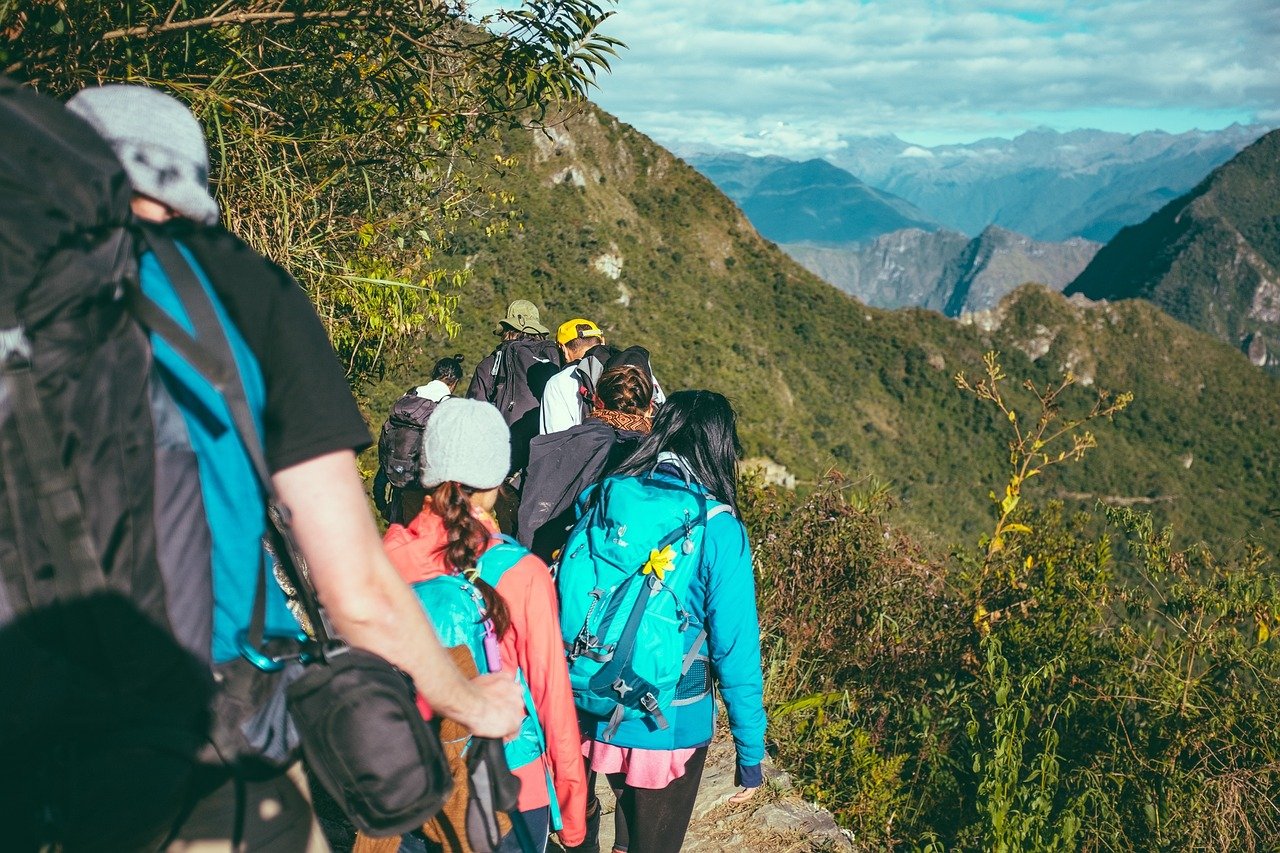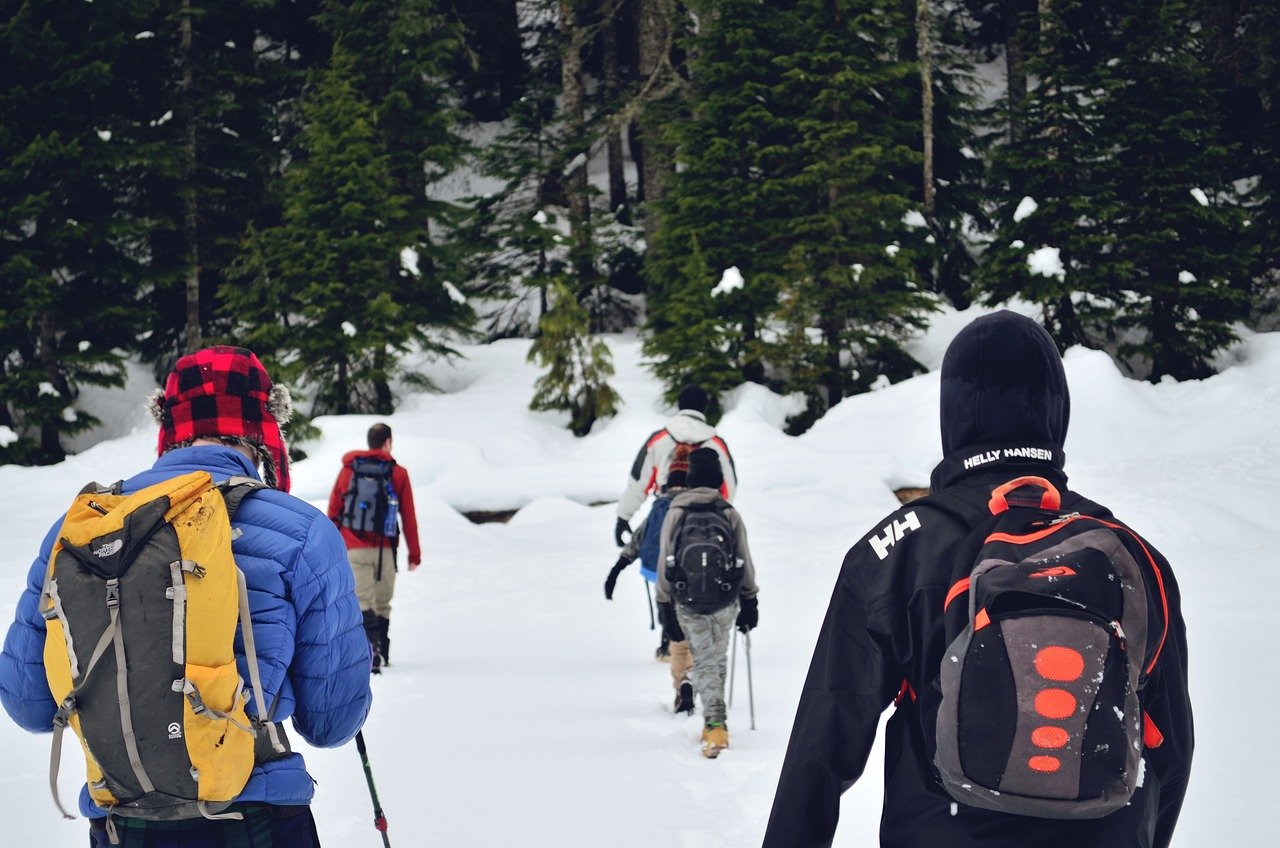How to start Hiking As A Beginner
Many people want to do hiking, but they don’t know how to start or what things they need to follow. So, no need to worry!
In this article, I’ll cover everything about how to start hiking as a beginner.
Let’s begin.

Hiking Plan
Many people want to know how to plan their hiking or backpacking trips. Well, there are several options to learn about hiking routes. You can ask family members, friends, or those who hike regularly. They are the best sources of information. If you don’t know anyone who hikes, you can join hiking groups on social media sites in the area where you plan to hike. Typically, you’ll find a lot of options there. Additionally, there are some really helpful websites and resources available. AllTrails is one of them, and Onyx is another great resource. There are also some really helpful hiking trails apps and maps that can assist you in knowing distances, terrain ruggedness, and other factors that might be useful for your trip.
When you’re starting to plan your initial hiking trips, there are some things you need to consider. It’s important not to aim too high. As a beginner, start with shorter hikes, around two to three miles, and gradually build up from there. This will help you gain confidence and experience and find out what level of difficulty is comfortable for you. A common mistake many people make is attempting long hikes for their first trip, such as seven or nine miles, and end up feeling overwhelmed. This can lead to discomfort and a dislike for hiking. So, when you’re starting out, take it easy.

Informing About Your Route
It is essential to inform someone of your hiking plans, especially if you’re going on a multi-day hike. Let a family member or friend know where you’re starting, where you’re ending, and how long you expect the hike to take. This way, if something happens on the trail, they can notify others for help, potentially avoiding a disaster.

How to Navigate
To find good hiking trails, visit wikilog.com or alltrails.com. Both of these websites contain hundreds of thousands of excellent hiking trails. The main difference is that Wikilog is more popular in Europe, offering more trails in that region, while AllTrails is more popular in North America. Once you’ve chosen a trail on either of these websites from your PC, you can download the .gpx file for free after logging into your free account. Then, you’ll need to download an app like GEA GPS or Locust Maps on your phone for navigating the trail. I recommend either of these apps because they’re free, work offline, and have excellent maps for navigation. Simply download the .gpx file from your PC, send it to your phone, and upload it to the app. However, before you set off, ensure that you can navigate offline, as you may not have internet access on the trail. On the free version of either of these apps, you’ll need to zoom in to the trail you’ll be hiking, and it will automatically download the map data to your phone’s cache. You can verify that it works by turning on airplane mode on your phone and checking if all the map data has been downloaded. Your phone’s GPS should still work even without internet or cell reception. And that’s it; you’re all set to go hiking without internet access.

Water Bladder or Bottle
Beginner hikers often purchase a water bladder as one of their first items, but regular hikers typically use cheap and regular water bottles instead. They’re lighter, easier to refill, replaceable almost anywhere, and don’t add extra weight to your pack. While you may need to remove your backpack to access water, you’ll likely be taking breaks every 30 to 60 minutes anyway, so it doesn’t make much difference whether you use a water bladder or a regular water bottle.
Food & Drinks
When hiking or backpacking, it’s advisable to carry dry food, as it lasts longer than other types of food. Here are some food and drink items that can boost your energy:
– Powdered Peanut Butter
– Nuts and Seeds
– Mixed Dried Fruit
– Energy Bars
– Beef Stick
– Electrolyte Drink

First Aid Kit
It is very important to carry a first-aid kit while you are hiking or backpacking. Unexpected things can happen on hikes, so it’s highly recommended to bring a first-aid kit with you. This seemingly minor precaution can save your life.

What To Do If You Get Lost
Even with precautions, one might still lose their way. Don’t panic – it wastes energy and can worsen the situation. Remain where you are; this makes you easier to locate.
– Use your whistle to signal for help.
– Create a shelter if necessary.
– Stay hydrated and consume energy foods.

Remember, Hiking Etiquette and Leave No Trace Principles are as vital as a good pair of boots on any trail. While the fresh air and stunning views are for everyone, maintaining the integrity of nature and respecting fellow hikers are responsibilities that fall on each individual. Understanding the unwritten rules of the trail can enhance the experience for everyone.
Embrace these guidelines to ensure that the great outdoors remains pristine and enjoyable for generations to come.
Related Posts
-
Best Hiking Dress Guide to Elevating Your Hiking Style
By [Hiking We Love] Embrace Your Unique Hiking Dress Style When you think of hiking, rugged boots and durable backpacks might come to mind first..
-

Hiking Adventures in North Georgia
Hiking in North Georgia is a haven for nature enthusiasts, offering some of the most scenic and rewarding hikes in the Southeastern United States. Nestled.
-

Switzer Falls: A Paradise for Hiker
Switzer Falls: a Best Hiking Trail Hey there, nature lover! If you're craving an escape from the concrete jungle and yearning for a taste of.

